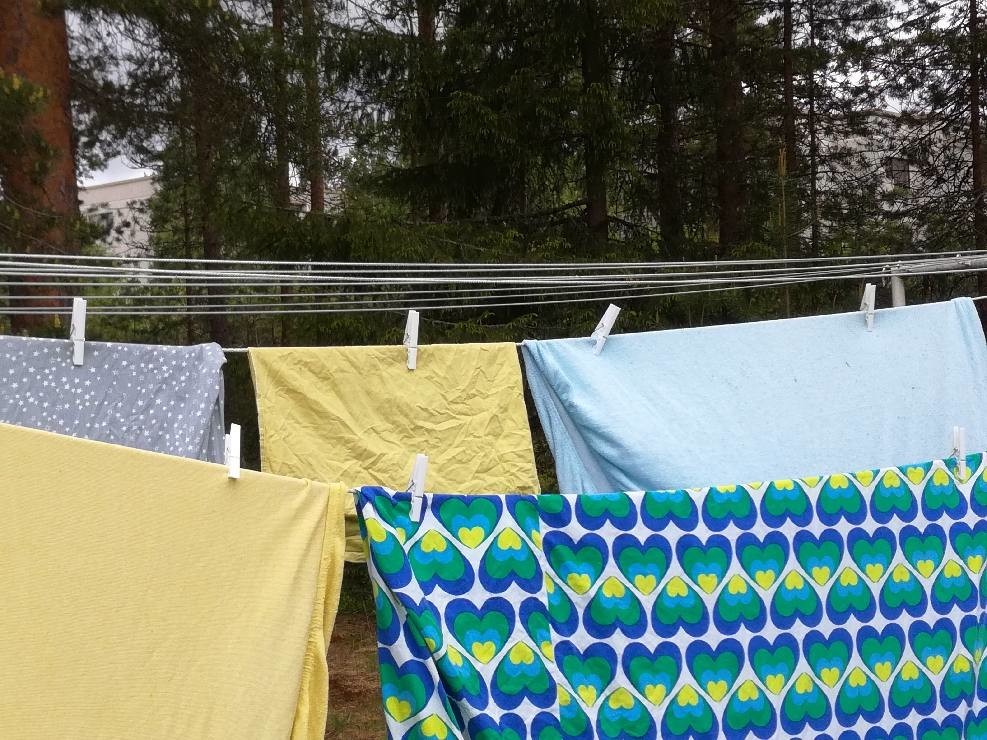Research Professor Monica Tennberg participated the 13th Nordic Environmental Social Science Conference, 6-8th June 2017, in Tampere, Finland. What washing laundry has to do with it all?
This was the idea that I took with me from the Nordic environmental social science conference this year in Tampere, Finland in early June. Only better and more information is not enough for people to change their thinking and behavior in everyday life and to make them more environmentally conscious and responsible in their actions. It requires much more like the example by the key note speaker Jo Mylan from University of Manchester, Sustainable Consumption Institute, United Kingdom about cold temperature laundry (less than 30 degree) showed. In Mylan’s view, changing practices of laundry is an example of reconfiguration in everyday life: they are more extensive changes than incremental, long-term “reforms” in our everyday practices but not “revolutionary”, changing everything in a very short period of time.

One of the examples Mylan introduced was the practice of laundry. The practices of laundry are very different in European countries: In Spain and Portugal, people use traditionally cold water to wash their laundry while in Nordic countries, the tradition is to use higher temperatures. The ideas of cleanliness are very culturally dependent. In some years ago, the idea of laundry in lower temperatures was introduced by a certain washing powder producer. This required extensive research by the company into practices of laundry in different countries, product development and coming up with marketing strategies suitable for each country and traditions of laundry. The idea of cold temperature laundry was not welcomed by the washing machine industry which preferred to develop better washing machines to wash the laundry more efficiently, faster and with higher temperatures, to make the washing time shorter and to save energy in that way. There was no agreement until the conflict was eventually resolved by European Union which regulated the laundry business by supporting the idea of cold temperature laundry and required the washing machine industry to take this into account in their product development. So, Mylan concluded, it is so much more what is needed for a consumer to make environmentally sensible choices in their everyday life when washing laundry. It requires a reconfiguration of a whole set of practices, like in this case marketing cold laundry in different countries taking into account different cultural traditions, by product development by the different sectors of the laundry related industry and the national and European regulatory system.
The theme of reconfigurations continued in our thematic session (9.3) about climate risk and governance. The cases presented and discussed in the session ranged from reconfiguring governance practices between municipality, collective, local inhabitants and holiday home makers to manage dikes in Denmark; to understanding of risk and uncertainty in Norwegian water management from objective calculations to a more constructive understanding of uncertainty; and to the uptake of adaptation knowledge in Norwegian municipalities and factors affecting the process; acceptance of climate modification in Finnish Lapland; the use of electric vehicles in emergency and conflict situations; the development of environmental responsibility and insurance systems in Europe; and Euro-Arctic adaptation knowledge and governance. The discussions in the session were constructive and lively, and there was enough time reserved for discussion. I warmly thank the session chairs Lennart Lundqvist from University of Gothenburg, Sweden, and Hege Hofstad, Norwegian Institute of Urban and Regional Research.
Monica Tennberg